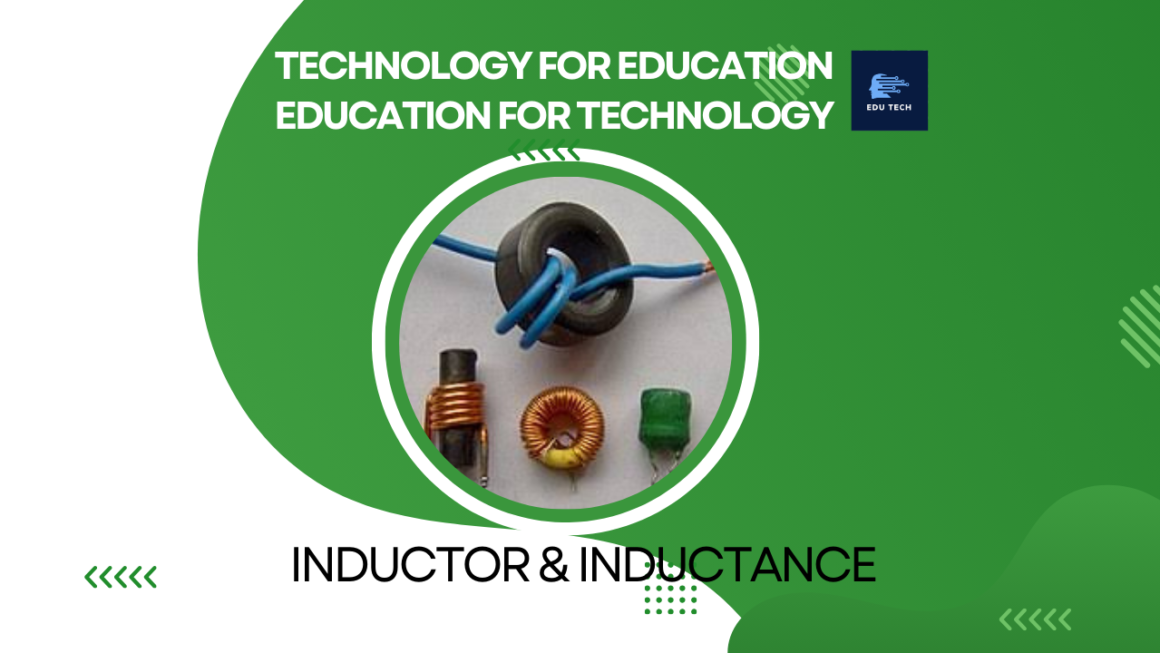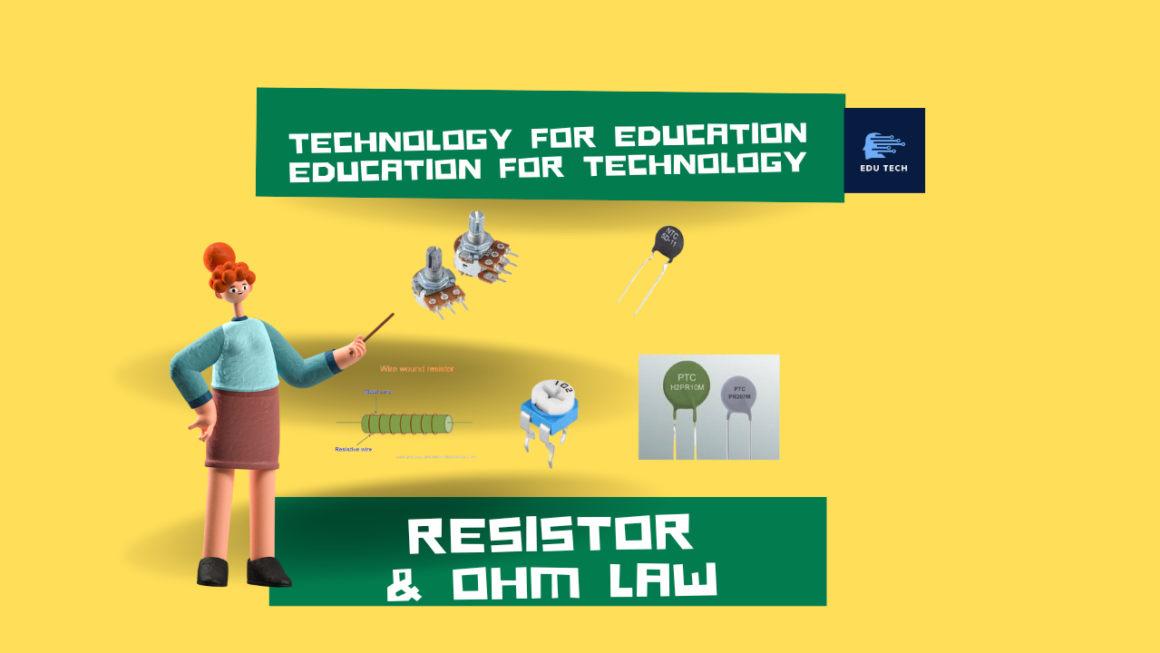- Transfers electric energy from one alternating-current circuit to one or more other circuits.
- Two electrically isolated coils.
- Operates on Faraday’s principal of “mutual induction”, in which an EMF is induced in the transformers secondary coil by the magnetic flux generated by the voltages and currents flowing in the primary coil winding.
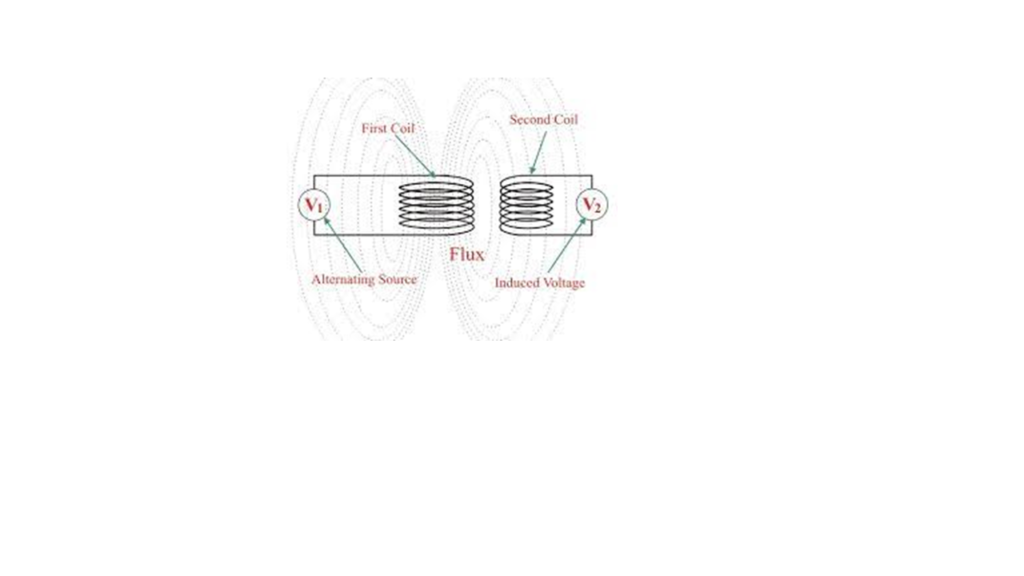
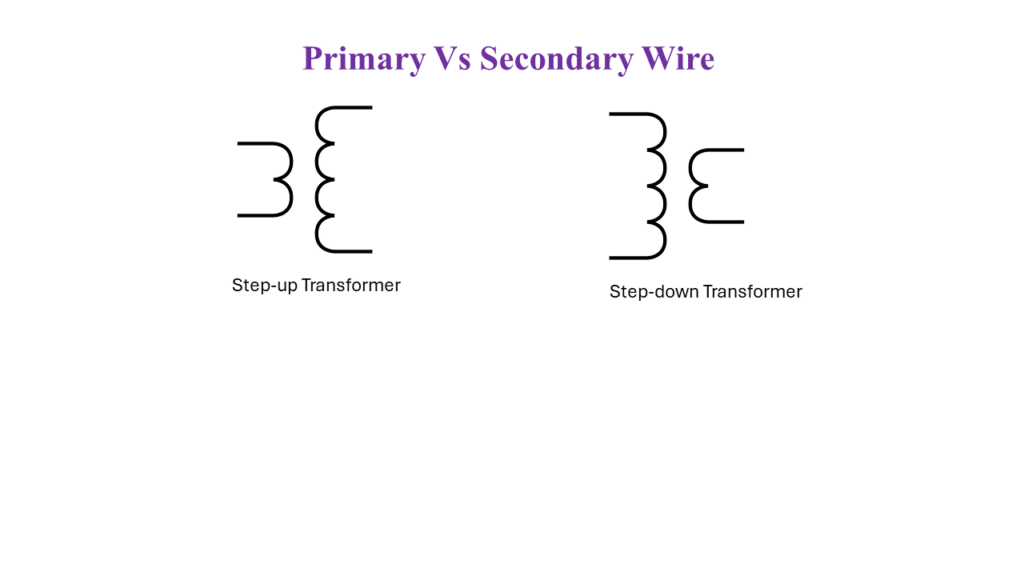


Air Core Transformer
- Air core transformers, are the primary transformers used in various types of electronic radio and communication devices.
- Air-core transformers are used when the voltage source has a high frequency (above about 20 kHz).

Advantages
- The signal is neither distorted nor dissipated and does not generate noise.
- Lack of losses in hysteresis and eddy currents.
- Without a core, air core transformer has a lighter weight, making it useful for pocket devices and portable camping equipment.
Disadvantages
- The number of turns in a coil necessary to achieve the same inductance that would occur in a solid-core inductor.
- The inductors of high inductance value are not possible.
- It is in large size.
- Its Q factor is low.
Iron Core Transformer
- Uses mainly in Power section.
- Iron-core transformers are usually used when the source frequency is low (below about 20 kHz).
Advantages
- It has high permeability so it provides complete linkage of magnetic flux of the primary coil to the secondary coil.
- Increases the strength of the magnetic field.
Disadvantages
- Hysteresis loss is still present as well as eddy current loss, even though they are low.
- There is also air gap loss which results in excess losses in both the core and the winding.
Ferrite Core Transformer
- Uses Speakers, small electric motors, Radio Antenna.
- The ferrite core transformer is used for higher frequency applications.
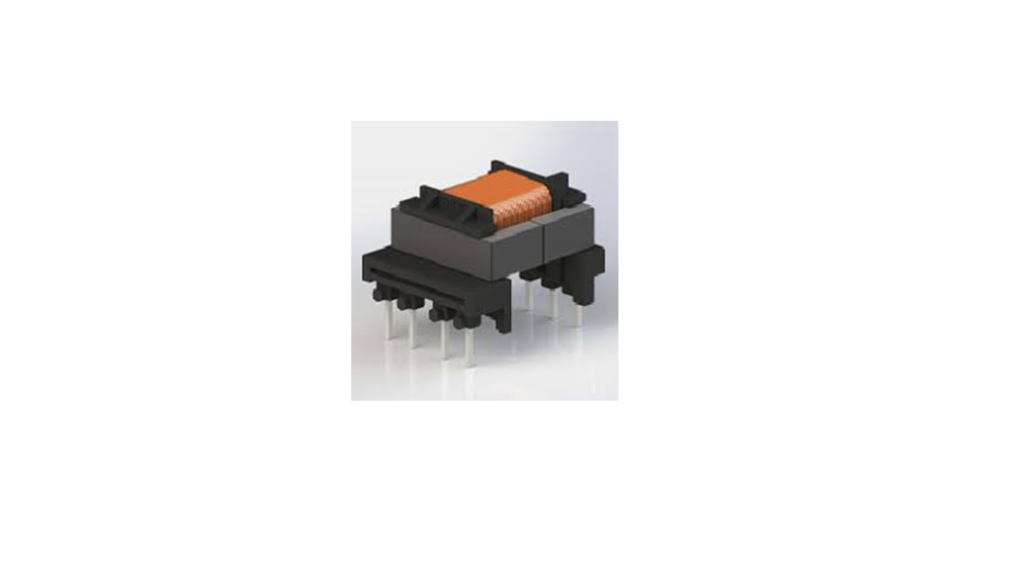
Advantages
- High resistance to high current.
- Low eddy current losses over a range of frequencies.
- Very high permeability and low losses, and can work at high frequencies.
Disadvantages
The disadvantage is that it is easily saturated.
Can transformer work on DC?
- A change in current cannot be generated by DC.
- There is no changing magnetic field to induce a voltage across the secondary component.
Making of a Iron Core Transfer
- Iron core is constructed from of a highly permeable material commonly made from thin silicon steel lamination.
- The steel lamination (see the figure below) are insulated with a non conducting material, such as varnish, and then formed into a core.
- These thin lamination are assembled together to provide the required magnetic path with the minimum of magnetic losses.
- Thus it provides for the efficient transfer of power.















